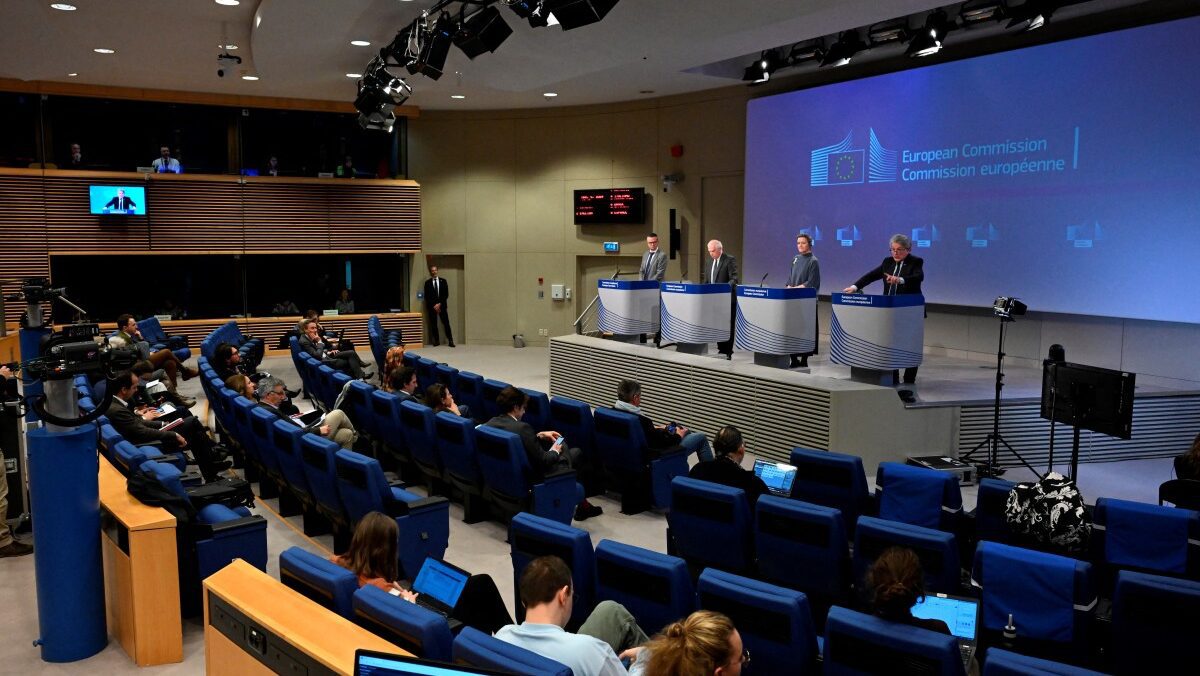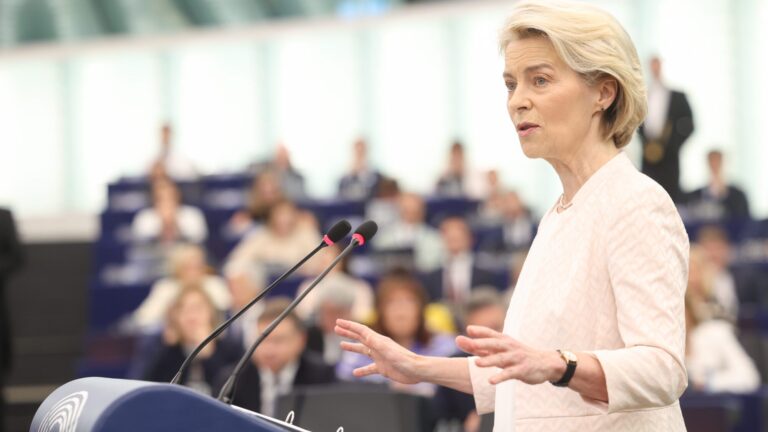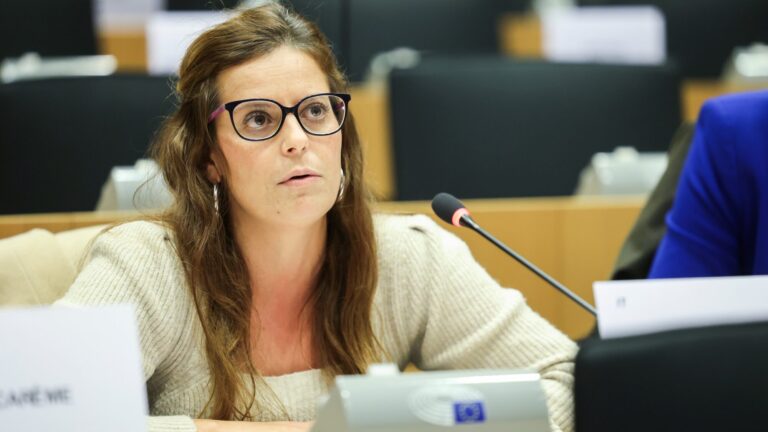The European Commission finally unveiled its plans for its new giant defense fund that’s meant to boost and harmonize weapon procurement across the bloc. The details such as funding still need to be hammered out by the member states, but Brussels’ initial plan includes gradually integrating Ukraine’s defense industry into the larger European schemes even before the country’s EU accession.
“Ukraine will be able to benefit from the support of this strategy for their defense industry and increase their production capacity like any European company,” Internal Market Commissioner Thierry Breton said when presenting the plan on Tuesday, March 5th.
“It’s a signal of the future of Ukraine as a member of the EU,” Commission Executive Vice President Margrethe Vestager added.
The instrument—named European Defense Investment Program (EDIP)—is the most ambitious of its kind to date. As opposed to earlier initiatives that were more specific (ASAP for ammunition procurement, and EDIRPA for industry subsidies), EDIP’s goal is to provide an entirely new strategic framework for the EU’s common defense policy.
The strategy’s main goal is to make member states buy more weapons together and less from outside the EU. By 2030, at least 40% of all weapons purchases should be through joint procurements, and at least 50% should come from European manufacturers.
Further goals include slashing the general red tape for common defense projects and procurements, financing “ever-warm facilities” that keep producing even if demand is low, and ensuring the security of supply chains by setting aside money to quickly convert certain civilian production lines if needed. And, of course, building up Ukraine’s defense industry by any means possible.
🇪🇺🇺🇦 The European Commission will offer to make Ukraine a full member of the EU defense industry support scheme.
— The Ukrainian Review (@UkrReview) March 5, 2024
❗️ One of the three goals of the proposal for the European Defense Investment Program (EDIP) is a step that will "facilitate the restoration, reconstruction and… pic.twitter.com/rEonTPMEfZ
Reacting to previous criticism that Brussels is preparing for a power grab by further centralizing the EU defense policy to eventually create an ‘EU army’—after all, it did propose to establish a new defense portfolio from next year—the Commission made sure to calm the nerves by stressing that EDIP is all about money and defense decisions will stay in the hands of the member states. “We just provide the tools,” Breton said.
For now, however, EDIP looks more like a budget Swiss army knife than a professional toolbox. For a start, the Commission proposed to allocate €1.5 billion from the budget, which, to say the least, is “not a lot of money,” Vestager commented. According to Breton, the plan is to eventually put together a €100 billion cash pot—now the only question is how?
Of course, the Commission has several ideas. One option is to use a portion of the cohesion funds (money set aside for poorer member states to catch up), even if that would mean fewer funds being distributed annually. Other options would be changing the lending policies of the European Investment Bank (EIB) to include defense investments or even using the seized windfall profits from seized Russian assets sitting in Belgian banks.
The main idea, of course, is to take another joint loan like in the case of the COVID-recovery plan. However, the memory of going into debt together is still remembered bitterly among the member states, so convincing everyone might be tricky.
But one thing’s sure: Europe is trying to suddenly catch up with decades of neglect in defense investments, and it would be costly on its own, not to mention including Ukraine with an active war going on—an endless pit to shovel money into.
But one way or another, Europeans will have to pay for it. The idea that Ukraine is being integrated into this strategy would make perfect sense if the sole objective was to arm the country as soon as possible, but since it is about EU defense and future deterrence, some member states will definitely ask for further assessment before supporting it.
EU leaders will try to hammer out the details of the plan during their upcoming summit later this month.





